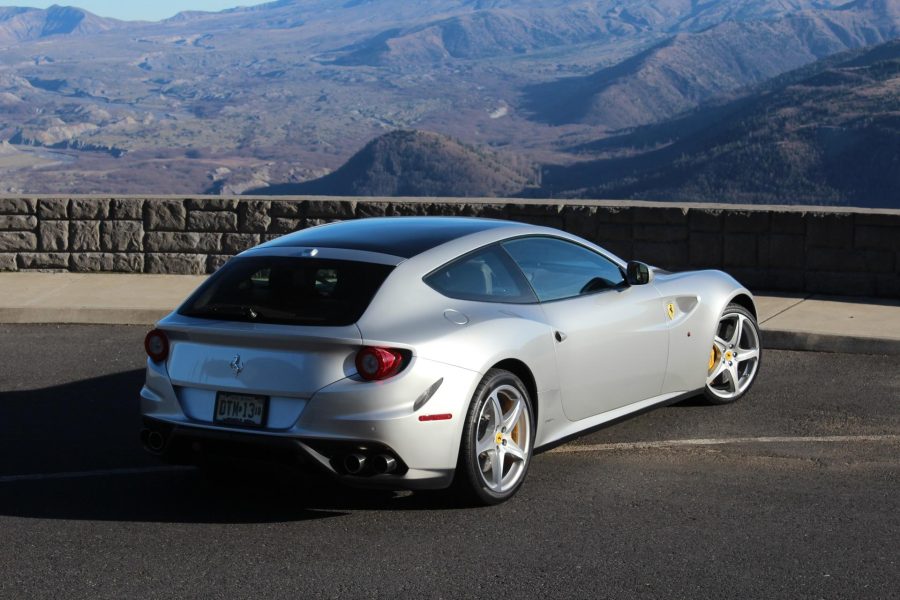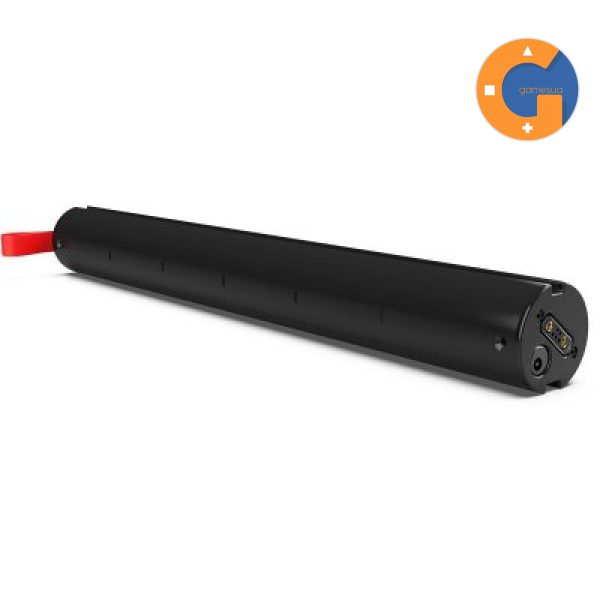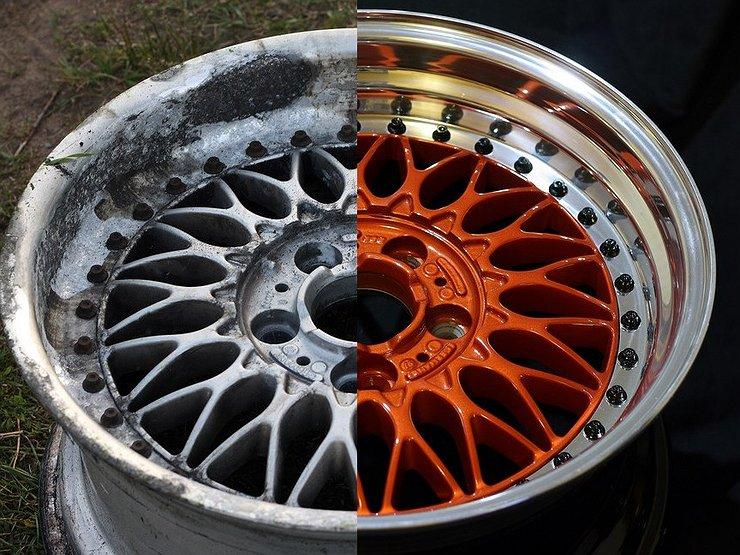
Review of the 2015 Ferrari FF
It takes time for the Ferrari Grand Tourist to love himself. The first reaction to a four-seater all-wheel drive car is “what kind of FF?”.
This isn't your typical Fezza: it's a big, shooting brake-style car that doesn't seem to match the prancing horse logos on the sides.
Fire up the FF (stands for Ferrari Four…seats or drive wheel, take your pick) and there's a neighbor-calling growl as the naturally aspirated V12 forces so much gas out of the four exhaust pipes that the garage door panels shake.
The Ferrari logo is a universal brand, and any product endowed with it attracts attention.
From now on, you ignore the fact that this $625,000 supercar doesn't make financial sense and focus on the sensory experience. And by any measure, it's sensational.
Design
The FF looks unconventional: a mobile aerosculpture by Pininfarina, with the cockpit far behind that massive cowl.
It lacks the direct presence of the F12 Berlinetta, but it does not lose its appeal: the Ferrari logo is a universal brand, and any product endowed with it attracts attention.
The two-door Shooting Brake styling makes the FF a niche car in a niche market, so there is no direct competition.
If carrying passengers is going to be commonplace, the FF will do it in style. The leather-wrapped rear seats match the front seats in terms of comfort and support, and are raised to provide a clear view of the road ahead. The 450-litre trunk is spacious, though shallow.
The instrument panel and door panels, also trimmed in leather, are just as luxurious, with cowhide upholstery giving way - at least in our test car - to carbon fiber inserts for the air vents and center console.
Burberry-inspired plaid fabric accents on the seats and dashboard are part of the Ferrari Tailor-Made customization program, in which the owner visits the Maranello factory to speak directly with the designer.
This is how it should be: someone ticked all the boxes on FF CarsGuide and raised the price to $920,385 plus on the roads in the process.
About the city
Well-thought-out shifting algorithms and the Comfort setting on the steering wheel manettino shifter make the FF docile in the city.
Engine howls heartbeat before providing thrust
It still feels like a big, powerful car, but you're unlikely to drive through a beauty salon window because of the throttle map that sees the Ferrari barely roll on its 20-inch rims in response to the first centimeter or so of pedal travel.
Give it a kick and the engine will whine for a moment before giving thrust - long enough to change your mind. Try the same in Sports and you'll change zip codes before you can do anything about it.
The push-button gearbox is easily adaptable, although first-timers will momentarily look for a knob or dial when getting into the car.
The rear view camera is displayed on a seven-inch touch screen, and sensors around the perimeter make it easy to park the FF. Expect the hood or curved rear to protrude from city car-sized parking spaces found in most metro malls.
There is a roar of tires on rough wood chips, but you will only hear it while driving. Few things can drown out the roar of the powerful V12, which sends crazy torque to the wheels, which can be heard even at speeds below 50 km / h, if the driver disengages the automatic mode and shifts manually using the paddles on the steering wheel.
It is impossible not to get upset, limiting the beast to a speed of only 110 km / h.
Although the paddles are mounted to the steering column, their oblique shape and size means they are accessible in 90% of corners.
Performance
Drive the FF the way it was made to drive, and track days or negotiations with the Highway Patrol await you in the future.
It's impossible not to get frustrated limiting the beast to just 110 km/h (although it eases the pain of watching other drivers puzzle over how the sleazy CarsGuider got the keys).
Deal with it if you can afford the FF, go on track days and see what comes next from the legal but boring 3.7 second sprint to 100 km/h.
Ferraris are just as good in the corners as they are in the straight, and the big, wide ramps are the best place to test how hard the XNUMXWD system and Pirelli tires will pull nearly two tons of FF around the corner.
The light steering is deceptively quick and responds to the road surface with all the precision and feedback needed to pinpoint the exact size of the rut the FF rumbles over.
The "bumpy road" setting for the adjustable dampers isn't soft enough to conquer our ever-deteriorating roads, but it does an admirable job of taming the hard supercar setup.
The sheer size and weight mean the FF won't corner like the 458, but it's at this point that the all-wheel drive system starts sending power to the front wheels via a second gearbox and a pair of multi-plate clutches.
Installing all-wheel drive on demand avoids the need for a center differential and, according to Ferrari, is about half as easy.
On low-friction surfaces, i.e. when driving on snow, the FF is a Ferrari. It's not as frilly as the F12, but it has the legs to fit most things on four wheels and do it with four in a car.
That he has
One of the most formidable engines on the road, excellent brakes, room for four.
What is not
No driving aids (blind spot, lane departure), sport exhaust is an option.
Property
The purchase price covers your Ferrari with a three-year warranty and seven years of free scheduled maintenance. This is a compelling argument against the claim that owning a supercar costs a fortune. Of course, you (should) still need brakes and tires on a regular basis.

